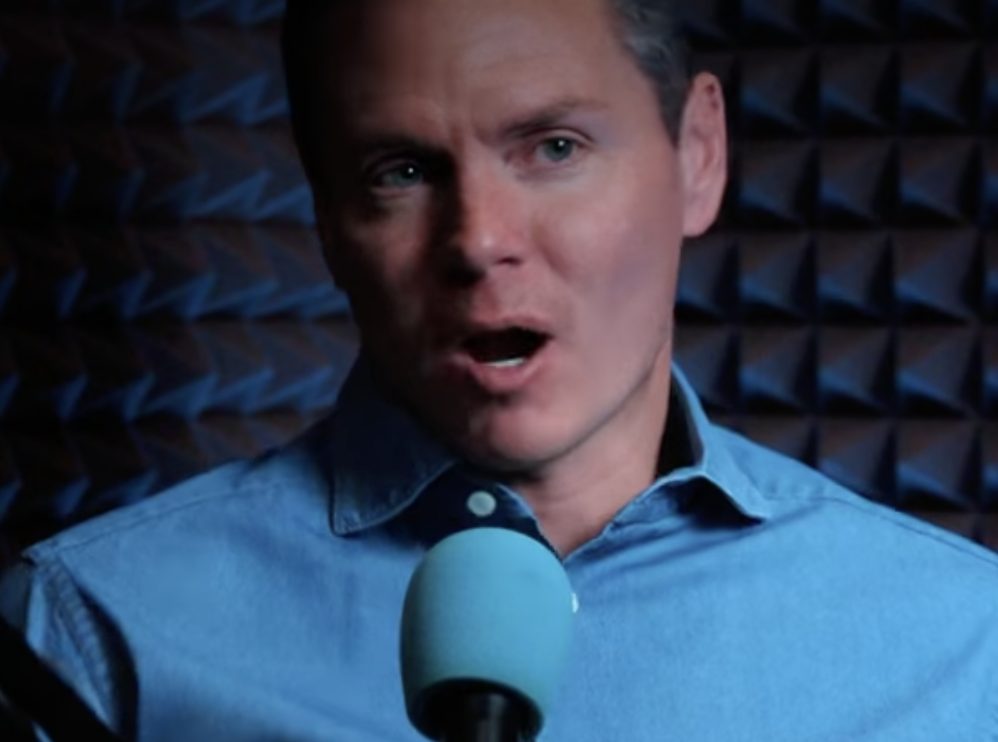When life crumbles beneath our feet and we hit rock bottom, most people view it as the ultimate failure. However, this perspective might be entirely backward. Rock bottom, despite its painful reality, can actually serve as the foundation for profound personal transformation—if approached with the right mindset.
The conventional wisdom treats personal collapse as something to be avoided at all costs. Yet there’s a counterintuitive truth that emerges from those who have experienced profound setbacks: hitting rock bottom often creates the perfect conditions for genuine rebirth and growth.
The Ego’s Death Grip
At the heart of this paradox lies the human ego. When someone hits rock bottom, their ego interprets this collapse as catastrophic failure. The ego—that protective sense of self that maintains our illusions of control and stability—fights desperately to survive when threatened.
Rock bottom strips away everything a person has been clinging to for their sense of identity. This stripping away process, while terrifying to the ego, creates a rare form of emptiness that can actually become fertile ground for authentic transformation.
In this state of emptiness, people face a critical choice that determines their future trajectory. They can either:
- Frantically grasp at rebuilding the past version of themselves
- Surrender to the unknown potential trying to emerge
The first path leads to stagnation, while the second opens the door to renewal.
The Diverging Paths
Those who remain stuck after hitting rock bottom are typically those fighting hardest to reconstruct the same ego structure that maintained their previous illusions. They resist the death of their old identity, clinging to familiar patterns despite their dysfunction.
In contrast, those who ultimately rise from rock bottom are those willing to let their ego die. They recognize that what feels like death is actually a necessary ending before a new beginning can occur. These individuals don’t just recover—they transform.
Rock bottom strips away everything you were clinging to for a sense of self. And in that emptiness you have a choice.
The Paradox of Surrender
The most powerful approach to rock bottom involves a seemingly contradictory action: surrender. This doesn’t mean giving up on life or happiness. Rather, it means stopping the exhausting fight to maintain old illusions and control mechanisms.
When someone surrenders to the process of transformation, they allow space for something new to emerge from within. This surrender requires:
- Acknowledging the reality of their situation without denial
- Releasing attachment to their former identity
- Remaining open to new possibilities they couldn’t previously imagine
- Trusting the process of renewal, even when uncertain
This approach transforms rock bottom from an ending into a beginning—not of the same life, but of something potentially more authentic and fulfilling.
The Rebirth Process
Those who successfully navigate rock bottom often describe the experience as a form of death and rebirth. The old self dies—along with its limitations, false beliefs, and dysfunctional patterns. From this psychological “death” emerges the possibility of a more authentic self.
The rebirth that follows rock bottom isn’t about returning to normal—it’s about discovering a new normal that’s more aligned with truth. This process often leads to greater resilience, wisdom, and compassion than the person possessed before their collapse.
Rock bottom, then, isn’t the end of the story. For those willing to embrace its transformative potential, it’s merely the end of an old chapter and the beginning of a new one—often more authentic and meaningful than what came before.
Frequently Asked Questions
Q: How can I tell if I’ve truly hit “rock bottom”?
Rock bottom is highly personal and varies between individuals. Generally, it’s a point where your current coping mechanisms and identity structures have failed, leaving you feeling stripped of your familiar sense of self. You may feel a profound sense of loss, confusion about your identity, or that your previous life strategies no longer work.
Q: Is it necessary to hit rock bottom to experience personal transformation?
No, hitting rock bottom isn’t a requirement for transformation. Many people experience gradual awakening through other means like meditation, therapy, or life transitions. However, rock bottom creates unique conditions for change because it forcefully removes the illusions and attachments that often prevent deeper transformation.
Q: How long does the rebirth process typically take after hitting rock bottom?
There’s no standard timeline for this process. For some, initial breakthroughs may come within weeks or months, while deeper integration might take years. The process isn’t usually linear—it involves cycles of insight, resistance, integration, and growth. What matters most is maintaining openness to the process rather than rushing toward a predetermined outcome.
Q: What practical steps can help someone use rock bottom as a catalyst for growth?
Start by accepting your current reality without judgment. Seek support from therapists, support groups, or trusted friends who won’t rush you back to “normal.” Practice mindfulness to observe your thoughts without identifying with them. Journal about what parts of your old identity no longer serve you. Allow yourself to sit with uncertainty rather than rushing to rebuild your life based on old patterns.







